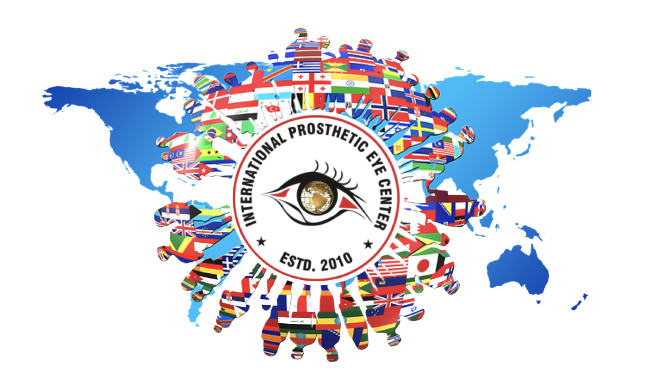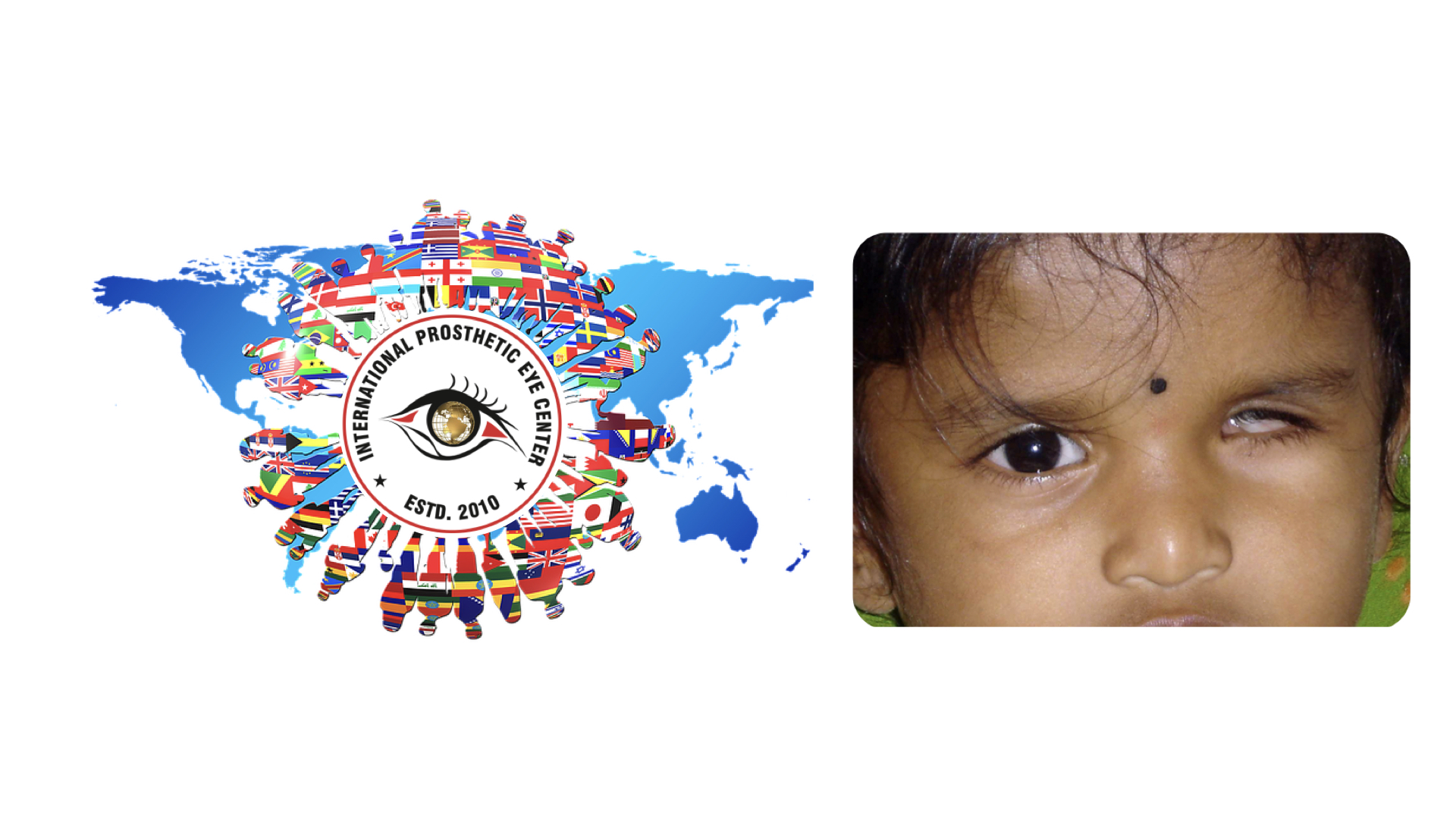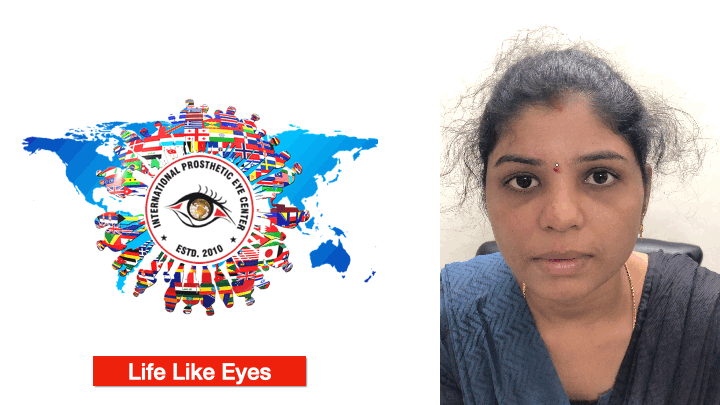know more
Microphthlmia
Disease Entity
Microphthalmos also called microphthalmia, is a severe developmental disorder of the eye in which one or both eyes are abnormally small and have anatomic malformations. Although microphthalmos and nanophthalmos (also called pure microphthalmos) have an eye small in sizer, nanophthalmos does not present anatomical malformations.[2]
Epidemiology
The birth prevalence of microphthalmia has been estimated to be 14/100.000 and affects 3-11% of blind children.[2][3][4][5] Microphthalmia is commonly bilateral and it does not present differences according to sex and race.[6][7]
Etiology
The precise pathogenesis of microphthalmia remains unknown. It was suggested that, during post-natal ocular growth, the decreased size of the optic cup, altered proteoglycans in the vitreous, low intraocular pressure, abnormal growth factor production and inadequate production of secondary vitreous may contribute to microphthalmia. Some cases of microphthalmia associated with a cyst may result from failure of the optic fissure to close.[8][9][10]
Environmental and heritable factors can contribute to microphthalmia. Environmental risk factors are maternal age over 40, multiple births, infants of low birth weight, low gestational age, gestational-acquired infections (rubella, toxoplasmosis, varicella, cytomegalovirus, parvovirus B19, influenza virus, and coxsackie A9), maternal vitamin A deficiency, fever, hyperthermia, exposure to X-rays, solvent misuse and exposure to drugs like thalidomide, warfarin and alcohol.[6][7][8][11][12][13][14][15] Most of cases of microphthalmos are sporadic, but autosomal dominant, autosomal recessive and X linked modes of inheritance have been described. Mutations in genes SOX2, OTX2, BMP4, CHD7, GDF6, RARB and SHH present an autosomal dominant inheritance pattern, while mutations in genes PAX6, STRA6, FOXE3, RAX, SMOC1, VSX2 are associated to autosomal recessive mode of inheritance and BCOR, HCCS and NAA10 mutations are associated to X-linked mode of inheritance.[16]
Clinical Diagnosis and Evaluation
Ocular Evaluation
Microphthalmia is defined by an eye with anatomical malformation and whose axial length is two standard deviations below the mean for age, what corresponds to an axial length below 21 mm in adult eyes.[17]
Ocular disorders may affect the anterior segment and/or the posterior segment. It may be associated with uveal coloboma, hence the general classification into colobomatous and non-colobomatous categories. Ocular abnormalities are microcornea, corneal opacification, corectopia, ectopia lentis, aniridia, cataract, persistent fetal vasculature and/or retinal dysplasia. Microphthalmia may be associated to an orbital cyst (tipically located in the inferior orbit) originated from the optic nerve where it usually communicates with the subarachnoid space.[17]
Visual acuity will depend on the type of ocular malformations and especially on the retinal involvement. A good visual acuity can be present in eyes with small iris or choroidal colobomas. However, eyes with macular and optic nerve head involvement have poor vision.
Microphthalmic eyes are usually highly hypermetropic, but sometimes can be highly myopic because of staphyloma formation in the area of the coloboma.
Systemic Evaluation
Microphthalmia can be associated to mental retardation, craniofacial malformations (as cleft lip/palate or microcephaly) and malformations of hands and feet (polydactyly). This ocular disorder can occur in isolation or be syndromic (33-50%). Syndromes associated to Microphthalmia are CHARGE syndrome, Duker syndrome, Lenz microphthalmia syndrome, Oculo-Dento-Osseous Dysplasia, Cryptophthalmos syndrome, Cerebro-Oculo-Facial Syndrome, Goltz syndrome, Lowe syndrome, Meckel-Gruber syndrome, Basal cell nevus syndrome of Gorlin-Goltz, Cross syndrome and Microphthalmia with linear skin defects.[18]
Since Microphthalmia can be associated to these non-ocular anomalies, physical examination (including dysmorphology examination) is mandatory to determine the presence of distinguishing clinical features.
Family history
As already mentioned, microphthalmia often exhibits a hereditary pattern and it is fundamental to complete eye examination of both parents and to obtain a three-generation family history of eye anomalies, including microphthalmia and coloboma.
Imaging
Ultrasound is most commonly used to determine the length of the globe in microphthalmic eyes and to make examination of the orbits.[17]
Magnetic resonance imaging (MRI) is extremely useful because there is higher resolution of the structures of interest and no radiation exposure. It shows a small and abnormal globe and it’s useful to orbital evaluation. If there is an orbital cyst, it produces a homogeneous signal that varies from isointense to hypointense on MRI T1-weighted image, while on T2-weighted image the cyst appears hyperintense and there is no enhancement with gadolinium.[17]
Electrophysiological tests are critical for assessing the severity of visual impairment and help to determine at which level the abnormality is. In cases of severe microphthalmia, a flash visual evoked potential (VEP) will establish if any visual function is present. A pattern VEP will determine the severity of the disease and detect any optic nerve dysfunction while an electroretinogram will identify if there is retinal dysfunction.[17]
Since microphthalmia can be associated with systemic anomalies, it is important to consider an endocrine evaluation, echocardiogram and renal ultrasound examination.
Management
Because of the variable phenotype spectrum associated to microphthalmia, patients should be evaluated by multidisciplinary teams composed by ophthalmologists, pediatricians, and clinical geneticists. If no syndrome is identified in childhood, further examination after three or four years should be performed as many syndromes become more apparent at this age.[2]
Medical therapy
If retinal function is detectable, refraction and treatment of any underlying amblyopia is critical.
Surgery
Microphthalmia leads to the appearance of hemifacial asymmetry due to a small orbital volume compared to age-matched controls. Reconstructive strategies aim simultaneous management of both soft tissue hypoplasia and asymmetric bone growth.[19][20][21]
If the axial length of the eye is over 16 mm, orbital growth is more likely to be normal. However, if the axial length is less than 16 mm, it is unlikely to promote normal orbital growth alone and it is necessary to increase the socket volume early on to prevent pronouncing asymmetry as the child grows.[17] Mild/moderate microphthalmia is generally managed conservatively with insertion of a conformer (like a prosthetic eye but not painted) while in severe microphthalmia is necessary to provide endo-orbital volume replacement using implants of progressively increasing size.[2][17]Orbital osteotomies are indicated in more severe cases.
When an orbital cyst is present its expansion properties are harnessed, and surgery is postponed until it reaches 90% of the orbital volume, allowing removal for cosmetic reasons at about the time the child starts school.[2][17]
Prognosis
The potential for visual development depends on the ocular structures affected and the severity of the malformations. The treatment aims to maximize the existing vision and provide improvement at the aesthetic level.




